
A new vision of West Coast estuaries — and their losses

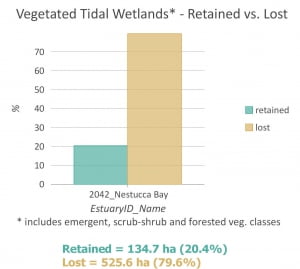

These tidal wetlands provide many valued ecosystem services. They serve to reduce flooding, and even reduce global warming by storing carbon in their soils ("blue carbon"). They filter water and provide hunting, fishing, and recreation areas for people. They are also home to a diverse array of creatures that depend on these wetlands to support their growth and reproduction. Salmon and other fish and shellfish need the deep, narrow channels in tidal wetlands for shelter from predators and from rapid river flows. Young salmon especially depend on tidal wetlands as a safe and rich environment to feed, grow, and adjust to ocean salinity during their migration to the sea. Birds - from ducks and geese to sandpipers and snipe - feed on the abundant invertebrate life in tidal wetlands, and mammals like raccoons, elk, deer, and bear find these wetlands provide bountiful food sources including fish, shellfish, succulent plants, and dense stands of grass and sedge.
With the new, accurate maps created by IAE and PMEP, we now have an expanded vision of our estuaries, past and present. The maps give us solid, useful information on our estuaries' historical extent and how it has changed due to human activities. With this important information, we can now do a better job planning for protection of the remaining tidal wetlands - and restoration of those wetlands that have been lost - to help the people, fish and wildlife that depend on them. To bring back these treasured habitats, IAE works with many other groups on tidal wetland restoration projects across the Pacific Northwest. We’ve helped restore thousands of acres and measure the results, building back our legacy of tidal wetlands for future generations.
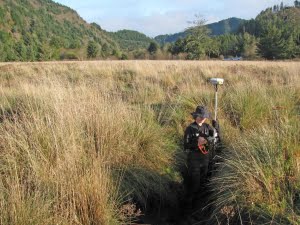
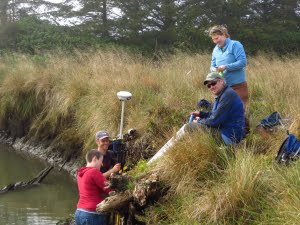
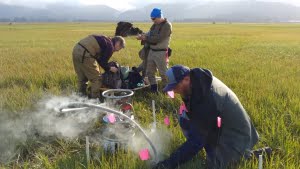
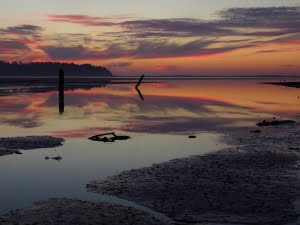
Tags:
Restoration
Research
Education
Get Involved
Contact
Main Office:
4950 SW Hout Street
Corvallis, OR 97333-9598
541-753-3099
[email protected]
Southwest Office:
1850 Old Pecos Trail, Suite I
Santa Fe, NM 87505
[email protected]
© 2024 Institute for Applied Ecology | Privacy Policy